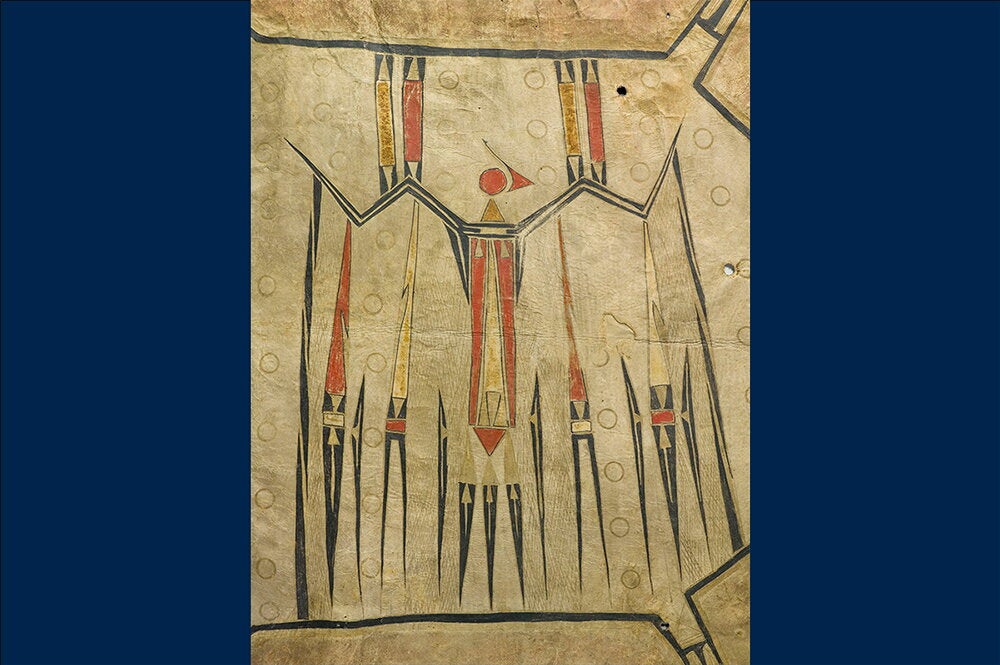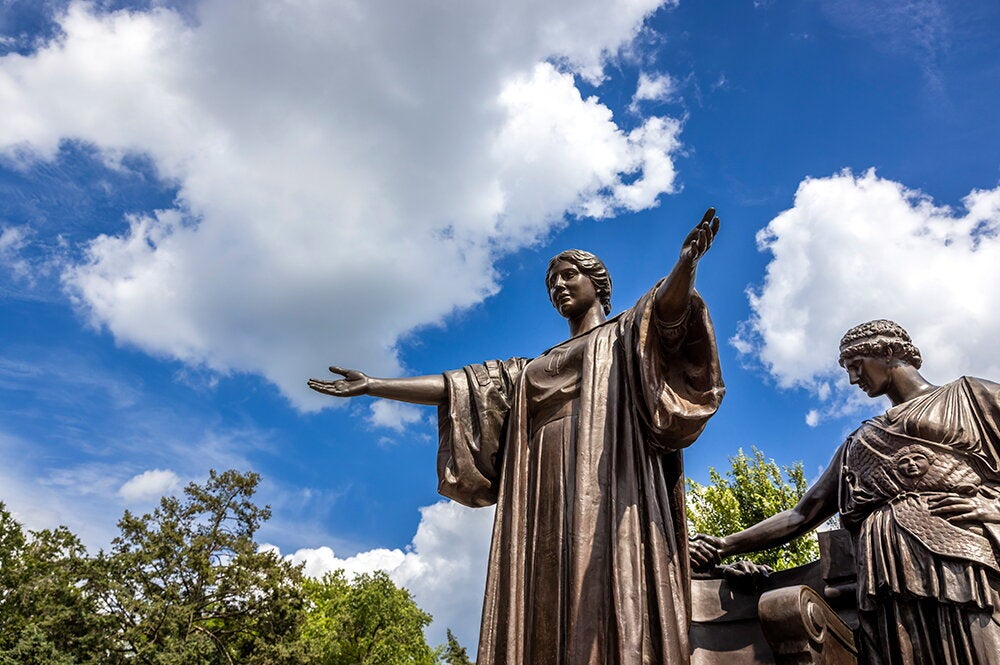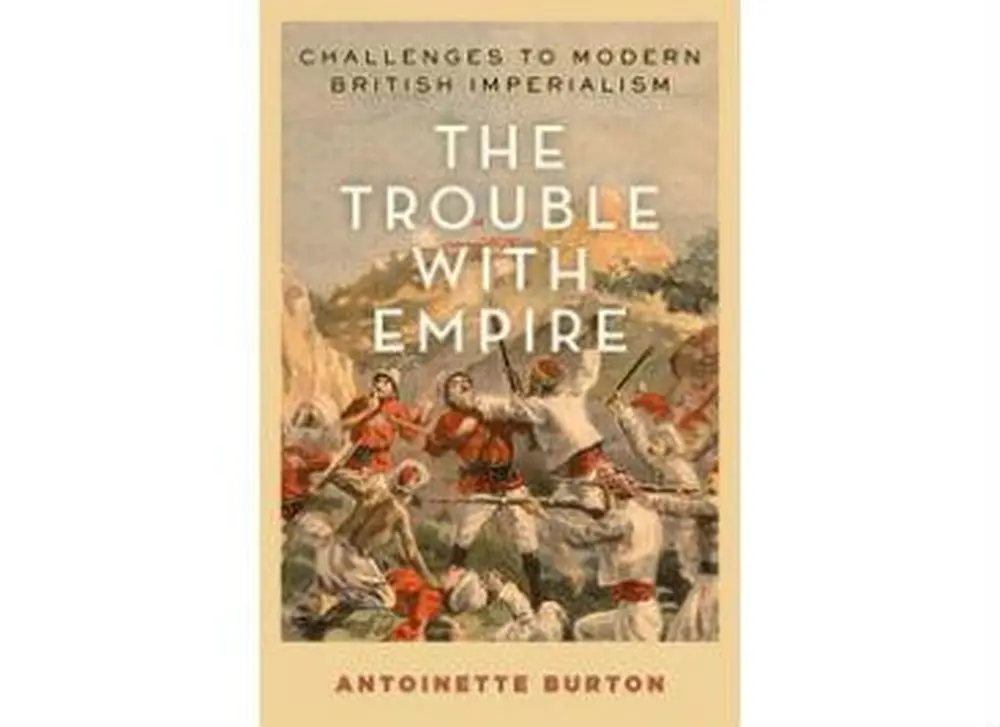
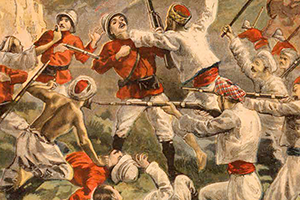
The British Empire was not the model of peace and stability, the “Pax Britannica,” as it’s often portrayed. The common narrative of the empire’s rise and fall is misleading, says a University of Illinois history professor.
Dissent and disruption were the rule, not the exception, according to Antoinette Burton, in her new book “The Trouble With Empire,” published by Oxford University Press.
“(T)he history of the British Empire is not rise and fall but skirmish, scramble, stumble, recover; not up and down but perpetual crash and burn; not success and failure but fail, fail, fail and make the most of it – with an eye on your backyard and your hand on your Martini rifle,” Burton writes.
In other words, the British Empire “was on its back foot a lot of the time,” Burton said. The people over which the empire ruled were routinely disruptive in various ways, and those on the scene “could never really rest.”
It’s a history very relevant to the present day, Burton said, given the turmoil in Syria and Iraq, where the British drew many of the boundaries and ISIS is challenging the post-colonial world order. It’s relevant, as well, given the long American involvement in Afghanistan, repeating much of earlier British experience. (“The parallels are just stunning.”)
The standard rise-and-fall narrative, common to big histories of empire, lays out a history of Britain confidently extending and consolidating its rule over territories spanning the globe, with much of that expansion during the 1830s-1930s period covered in the book. It’s a view of the empire perhaps best represented in nostalgic portrayals of Britain’s rule in India, known as the Raj.
It’s a narrative that also portrays an empire run from London “by great men with great minds and great bureaucracies,” Burton said.
Within the territories Britain ruled, however, it was a different story. “When you start reading deeply in African and Indian and white settler histories, you realize that this rise-and-fall arc is just a gloss, and that the empire was very unstable on the ground on a day-to-day basis,” she said.
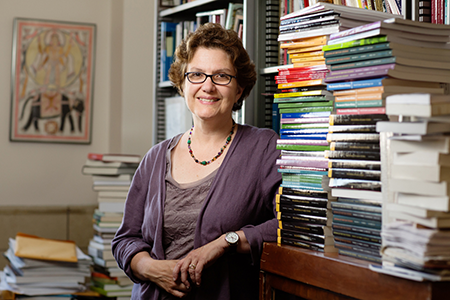
That instability came in the form of almost constant war, and often serial wars in similar places, Burton said. Nine were fought in Africa, three in Afghanistan and two in China.
Instability also came in the form of strikes and boycotts and other forms of economic protest, from a “women’s war” in Nigeria to Mahatma Gandhi’s salt marches in India.
And it came in the form of insurgency in Ireland, India and many other places, she said. “There were bombthrowers and assassins and jihadists everywhere,” and the violence sometimes came home to Britain, as when the Irish Republican Brotherhood bombed the London Underground.
Little of it was hidden from the news-reading public in Britain, Burton said. The wars, protests and insurgencies “would have crossed their field of vision all the time.”
Burton, who is also the Catherine C. and Bruce A. Bastian Professor of Global and Transnational Studies at Illinois, said she is not seeking to completely overturn the rise-and-fall or Pax Britannica narrative. “I’m just trying to lay this alternative form of storytelling alongside it,” one in which the story is viewed through the lens of dissent and disruption, she said.
“I’m suggesting, just kind of experimentally, let’s see what it looks like if we see this history through that lens consistently, rather than through this kind of spectacular rise-and-fall narrative,” she said. “Let’s not just let the Pax Britannica story rest, let’s actually pick it up and look at it and shake it around.”
Reconsidering this history may be as important for Americans as it is for the British, considering U.S. actions abroad, Burton said. “As journalists and policymakers and other kinds of observers try and assess what is happening with the U.S., their reference point is often Britain, and its reference point is the Pax Britannica model.”
